Protecting Our Riverside Trees In Order to Have Healthy Rivers
The Maigue Rivers Trust is very grateful to Limerick Leader’s support for posting our article on riverside trees – 11/02/2021
Here in the Maigue catchment we have almost 1300km of river channel. The Maigue, Loobagh, Morningstar, Camoge, Barnakyle, Clonshire, flow through Charleville, Kilfinane, Kilmallock, Bruff, Knocklong, Bruree, Croom, Patrickswell, Adare, to name but a few. In the past two months, the Maigue Rivers Trust has received three reports from local people highlighting tree removal along sections of the rivers. Riverside trees are essential to healthy rivers but often their value is not fully appreciated until it is too late.
Deteriorating water quality, habitat loss from arterial drainage schemes and loss of the natural riverside vegetation have had a detrimental impact on native wildlife and fish. At the time of the widespread drainage schemes, the landowners’ understandable primary motives were to improve the agriculture productivity of the land. Here at the Maigue Rivers Trust we are committed to working with local communities who want to protect and restore the waterbodies to ensure they can achieve their full potential both environmentally and recreationally. There are many actions we can do and one such action is for us to protect and restore the native trees and natural vegetation that grow alongside our rivers.
The benefits of natural riverside vegetation to wildlife and flood management are well documented. Experience and studies show how trees and bushes prevent soil erosion. When the right tree species are planted in the right place, they can help stabilise the river bank and reduce bank erosion. The network of a tree roots binds the soil together and help reinforce the river bank. When trees are removed, and replaced with grass for example, the grass roots are not deep enough to bind the soil together for when heavy floods scour out the river banks and erode away the soil. Sadly, high impact flooding is a common occurrence nowadays. One of the solutions is to “slow the flow” by natural food management and riverside trees can help to do this. Tree roots create channels for water to seep deep into the soil layers rather than running quickly of the top layer of field. Furthermore, there is value to felled trees being placed in the right location in watercourses to create leaky dams that slow the flow of water downstream.
During hot summers the canopy of tree and bushes on the south bank of a river, provide much needed shade to cool the water. Just like the cattle in the fields that seek out the shade of trees and hedges on hot days, fish seek out shaded pools to escape the hot sun. When water temperature exceeds 16⁰C fish may die from overheating. Warm waters and unshaded river banks also cause algal blooms and weeds to multiply, this excessive growth depletes dissolved oxygen to such an extent that fish suffocate. Ideally, there needs to be enough high riverside vegetation providing dappled shade that allows enough light for river plants to grow and yet creates resting areas of cool water for the fish. A good example of dappled tree cover on the Maigue is the riverbank in Croom opposite the town park, see image B.
Everyone knows that trees are part the ecosystem but what many might not realise is fallen leaves provide nutrients for the plants that water insects that live in the water, and in turn, these invertebrates are essential food for our fish, mammals and waterfowl. It is essential to protect and plant native species as our native wildlife have evolved to coexist and feed from native plants, non-native species support far less wildlife than native species. Take the often maligned willows or sallies, that are common along our rivers but are dismissed for having little value. Willow catkins flower early in spring and are a vital source of pollen for our pollinators who are emerging from hibernation and need to build up their body reserves. We all know that without bees and other pollinators there would far less colour in the countryside and variety of foods in our diet, we need to protect their food sources for pollinators to survive.
Since 1990 Dutch elm disease has decimated our native elm trees and these days Ash-die back is destroying our beloved ash trees throughout the country. Now more than ever we need to protect the biodiverse-rich mature trees we have and then we can work towards enhancing the riverside and countryside by planting the right tree or bush in the right place.
The Maigue Rivers Trust is supported by the Resilience Pilot Project and is funded through the Local Authority Waters Programme by the Department for Housing, Local Government and Heritage and is managed by The Rivers Trust. The Trust is keen to work with local people and communities to protect our rivers and lakes. If anyone would like to know more check our website www.maigueriverstrust.ie or follow us on social media @maiguerivers.
Author: Liz Gabbett, Maigue Rivers Trust Project Officer
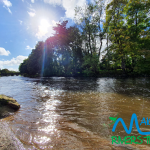
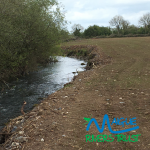
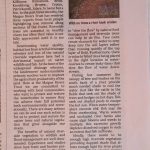

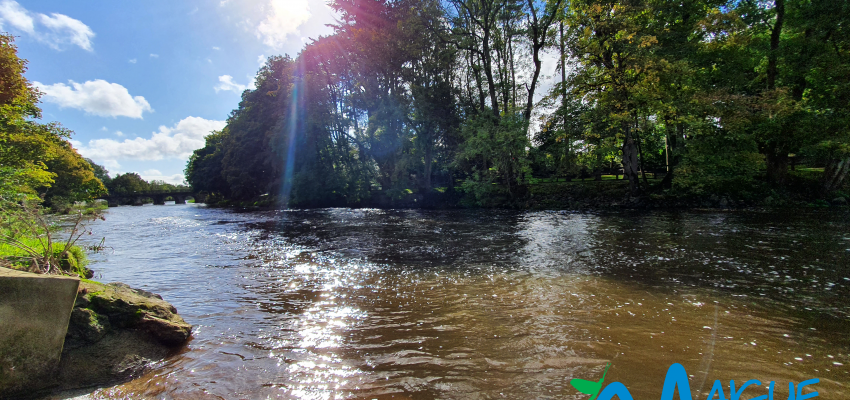

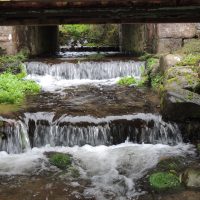
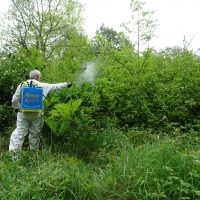

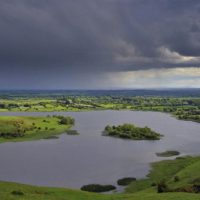
Recent Comments